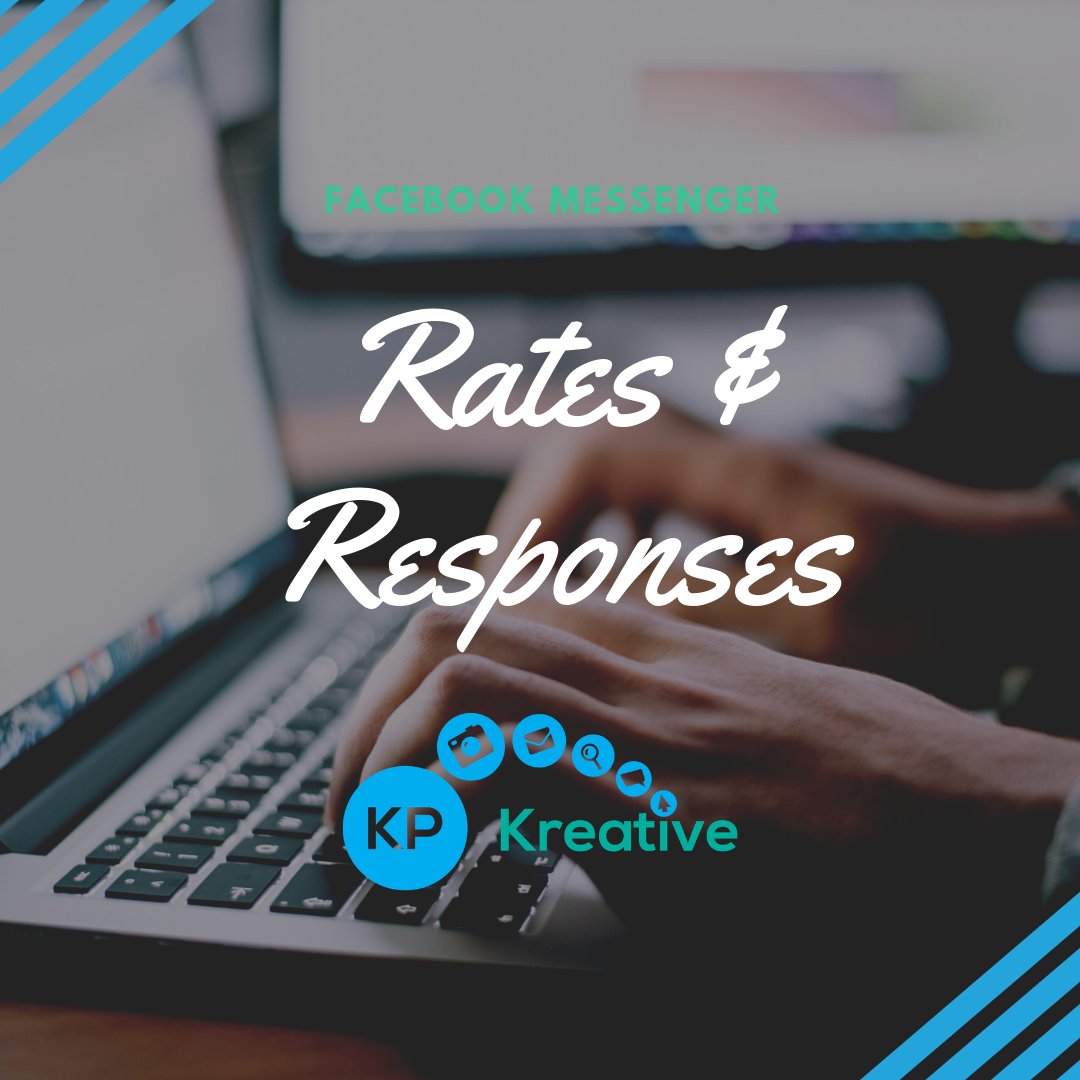We’ve long touted the impact that social media can have when it comes to spreading a message. This could be anything from sharing your latest sale to opening up about who your brand is. In celebration of Pride and our commitment to being more inclusive as an agency, we’ve put together some tips to help make your social media channels more inclusive. Along with general inclusivity tactics, you’ll also find tips on LGBTQ+ and racial inclusivity.
Use Gender-Neutral Language
As a brand, you want your message to reach as many people as possible. One way to appeal to the masses is to avoid language that is gender-biased, such as “ladies”, “mankind,” and even “Hey guys!”.
Language is an incredibly powerful tool that shapes how we see the world in both obvious and not-so-obvious ways. When it comes to social media marketing, aim to apply a policy of gender neutrality to effectively communicate without leaving anyone out.
Another point to keep in mind is to use pronouns like “they” instead of “she/he”. Even if you think you know the identity of the person you’re communicating with, it’s best not to assume. You can also simply address the customer by their name to avoid monikers like “Mr.”, Mrs.”, “Ma’am”, or “Sir” that assumes a gender. Personalization is proven to be an effective marketing technique.
Share More Than Your Own Voice
Of course your brand message should be in line with your mission but that doesn’t mean your voice should only be representative of your CEO.
Ensure your content is created by a diverse team with varied perspectives. Companies in the top quarter for gender diversity are 15% more likely to have financial returns above national industry peers. That number jumps to 35% when applied to ethnic and racial diversity.
Be Selective with Emojis

Emojis are, at this point, basically a universal language. They bring a little something extra to posts, are eye-catching, and are just fun to use. If you’re making sure your words are inclusive, your emojis should be, too!
When using people emojis, use the standard yellow emojis or use multiple colors of the same emoji to communicate that you aren’t addressing one single ethnic group. You can also stick to the non-gendered emoji faces, or try to include all genders.
Stock Photos Should Be Diverse
When you think about stock photos, you can probably come up with a few ridiculous ones you’ve seen over the years (who is that happy to eat a salad?!). Beyond being funny, the collection of stock photos of women laughing while eating salad went viral because it shined a light on a deeper problem in the realm of stock photography: the perpetuation of racial stereotypes and traditional gender roles. When it comes to stock photos, you won’t mind many people of color or women in powerful positions or in careers like medicine, law, engineering, or software development. These historically male-dominated fields remain that way in the world of stock photography.
Fortunately, stock photography has evolved over the years to include sites like Pexels and Women of Colour in Tech which are committed to sourcing images of diverse people in a variety of roles. This makes it easier for brands to promote inclusion in their content.
Moderate Your Posts
If one of your posts receives an offensive comment that is racists, misogynist, homophobic, or hateful -- delete it. You don’t tolerate that sort of behavior in your business, and that should be made absolutely clear on your social channels as well. Even with the best intentions, engaging in this sort of behavior can give validation to the commenter and attract more hateful responses.
You may find that you are already doing some of our suggestions (great job!) and you may find that you have a long way to go...and that’s okay, too. Listening, growing, and learning have become essential for us at KP Kreative and although change doesn’t happen overnight, sometimes even small steps can make a huge difference. Many of us are questioning if we are doing enough, how to do more, ways to be better. What are your suggestions to promote inclusivity on your social channels?
Related Posts

LinkedIn: Company Pages to LinkedIn Pages
At KP Kreative, we are big believers in using LinkedIn as part of our marketing strategy (just check out past blogs here and here). Having a Company Page on LinkedIn gives you an opportunity to engage in conversations that are important to your brand, grow your audience, and tap into your current employee base to spread your goals and mission.

Facebook Messenger Rates & Responses
As you probably already know, Facebook messenger is a great tool for businesses that can help facilitate growth. Facebook Messenger allows business owners to make stronger connections with customers by building relationships through conversation. According to a survey conducted by Facebook, 69% of users say that being able to message a business helps them feel more confident about the brand.

4 Tips for Replying to Comments on Facebook & Instagram
Facebook & Instagram are great platforms for interacting with potential clients or other industry professionals. Social media helps businesses connect, engage, and establish trust with current and prospective clients, increase brand awareness, boost website traffic and ultimately increase sales. That being said, here are four tips to best engage with your social media followers


